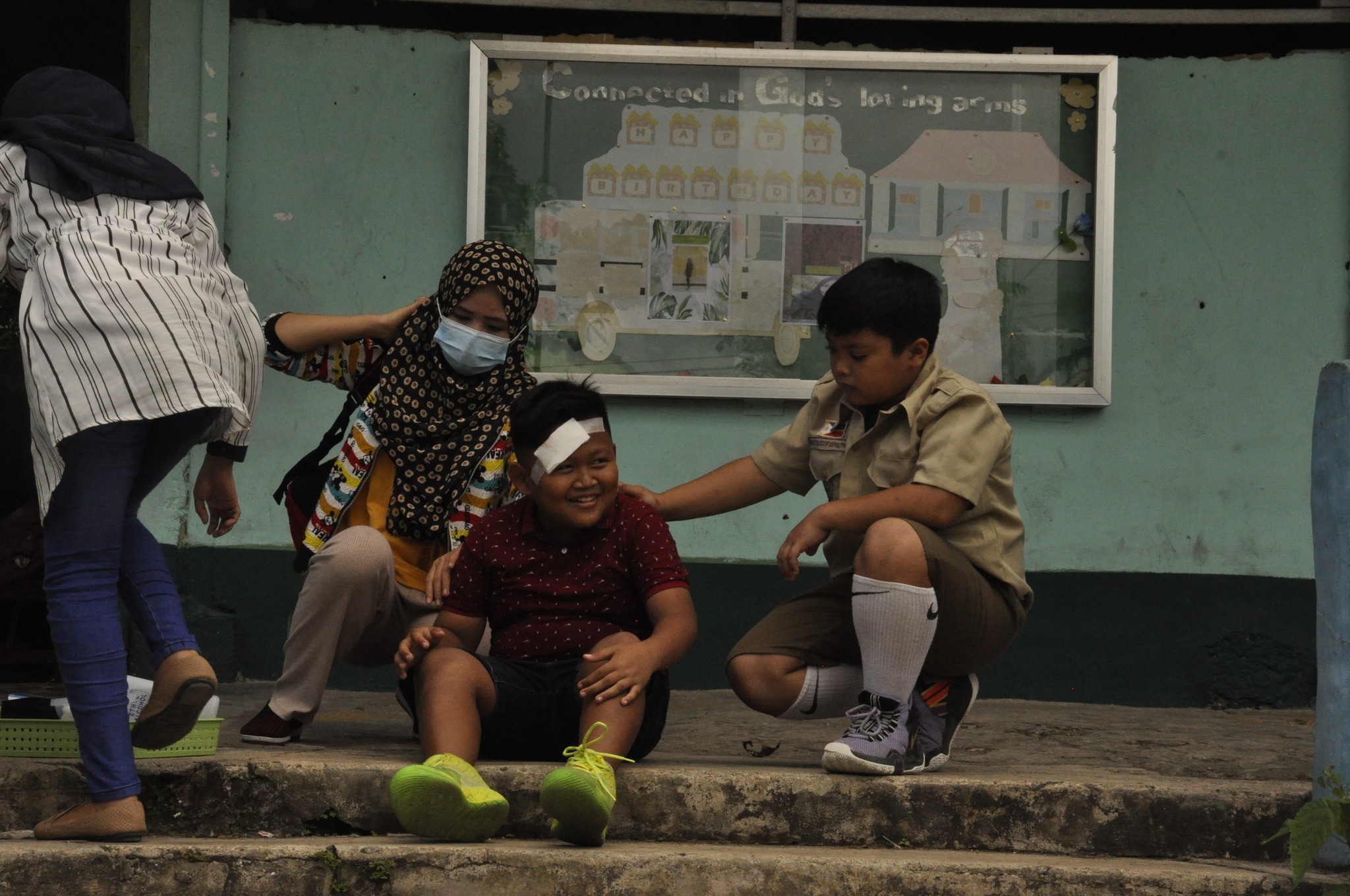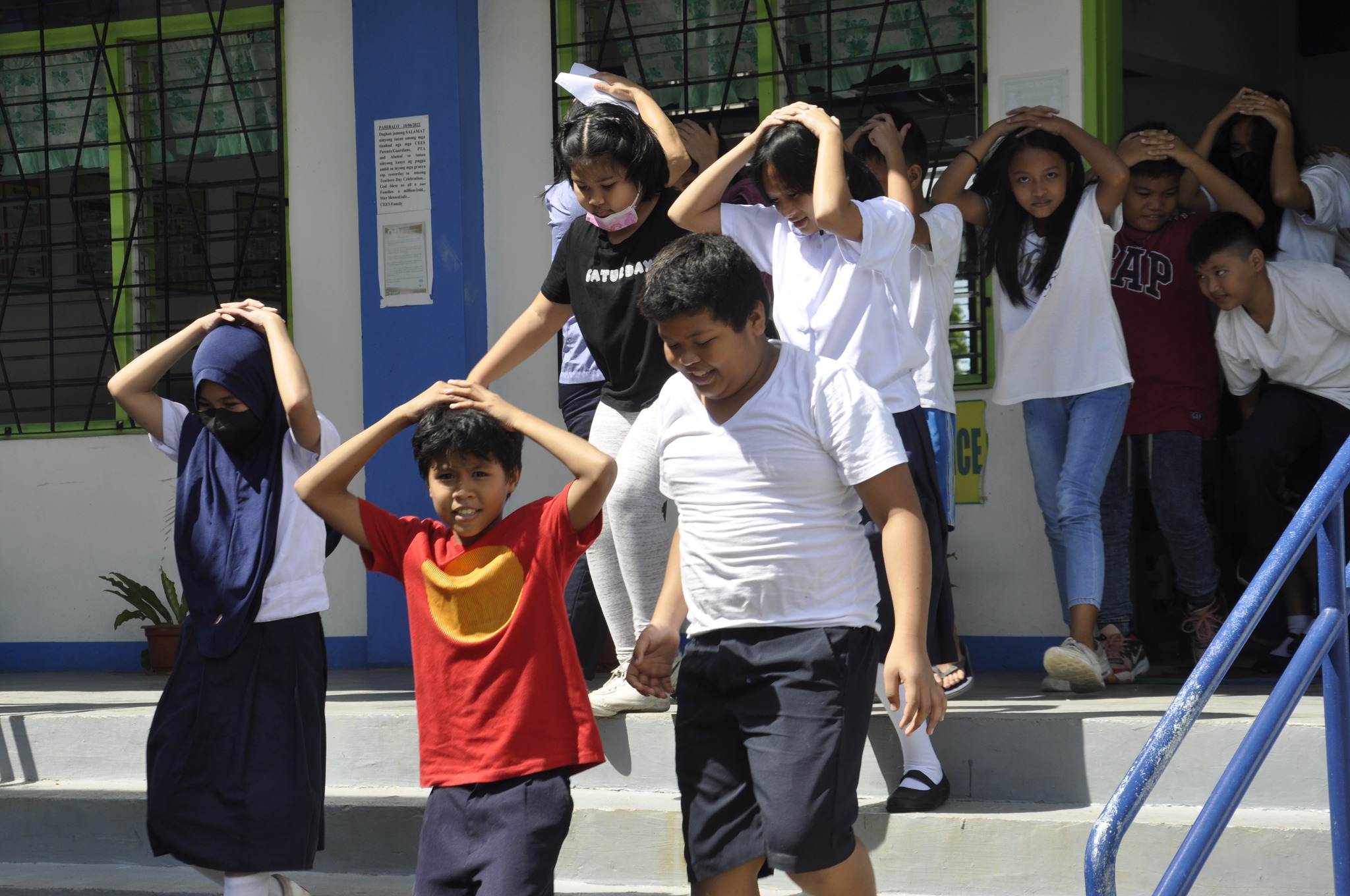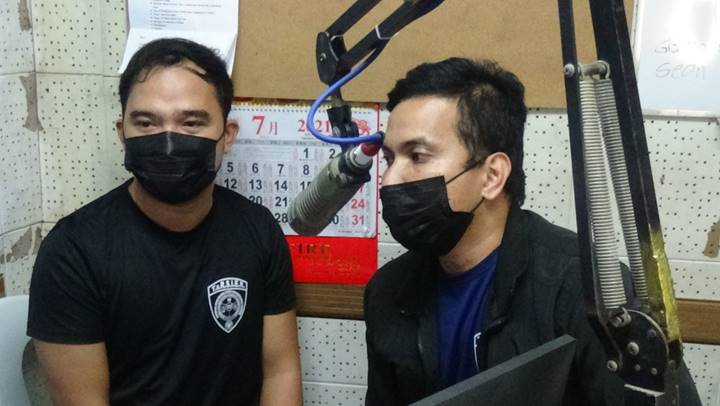TAGBILARAN CITY, Bohol, March 9 (PIA) – "I am happy, excited and at the same time a little bit nervous, kay ang among mga bata, murag first time gyud nila nakakita nga tinuod nga nay ambulance, nay casualty, something nga murag tinuod na gyud (because this is the first time our school children will see an ambulance and a simulated drill)."
This is how teacher Lorna Remolador, City East Elementary School Disaster and Risk Reduction Management focal person, described her experience on how her school fared in its first official participation in the National Simultaneous Earthquake Drill (NSED) for the first Quarter of 2023.
Remolador has been coordinating with the class advisers who would eventually take the role of team leaders during evacuation in the event of a big shake in the school, as a risk reduction measure in cases of an earthquake.
At the strike of 2:00 p.m., the school emergency alert system blared and the siren sounded a few seconds before it stopped.
A few moments later, it sounded again and the pupils, some as young as Grade 1 to Grade 6, trooped from their classrooms and headed to the open ground where the muster station was designated.
Each class went to their designated spots in the open ground, crouching and briskly walking away from potential falling debris.
“We were told that as soon as the ground shakes and the first alarm blasts, we have to find immediate protection by ducking, holding on to the shelter in case it moves, and covering our heads, in case the shelter gives way,” shares a young girl in a Girl Scout uniform, who eventually has to break off from her station to slip into an emergency responder when her classmates were fully accounted.
She was also helping other girls lift a folding bed and makeshift gurney with a fractured victim a few seconds after.
At the team leaders’ command post, class advisers report their evacuation statuses.
From there, the DRM coordinator sent out medical teams: volunteer students and two Muslim teachers to fetch the victims and bring them to the makeshift emergency post for first aid and way station for the medical evacuation for victims needing hospitalization.
All happened within 20 minutes and the ground slowly cleared for the school children to take shelter at the covered court where they await the Provincial Disaster and Risk Reduction Management (PDRRM) audit team’s assessment of the earthquake drill.
“It was almost perfect, except for a few minor reminders,” PDRRMO Emergency Operations Chief Jose Aleto Requeron announced during his assessment of the drill.
He also pointed out how covering the head can be better if one uses an object that can protect the head from potential injuries from a falling debris.
He also cited the children’s orderliness in exiting their classrooms, although he warned some not to run but walk briskly to avoid accidents in the hallways and the staircases.
Remolador said she is now happy to see that the children now know what to do, and they are ready and not anymore anxious if ever something happens.
“Naturally, we are happy that the kids now know what to do, where to go and what to expect when such a disaster happens,” volunteered a female teacher who kept a tight watch over her school children.
City East Elementary School Clement Gamil, who also hosted observers of the drill, said she was proud of her school for achieving a high rating during the drill that also had volunteers from the Philippine Air Force Squadrons and well-meaning parents who helped in the success of the drill. (RAHC/PIA7 Bohol)






